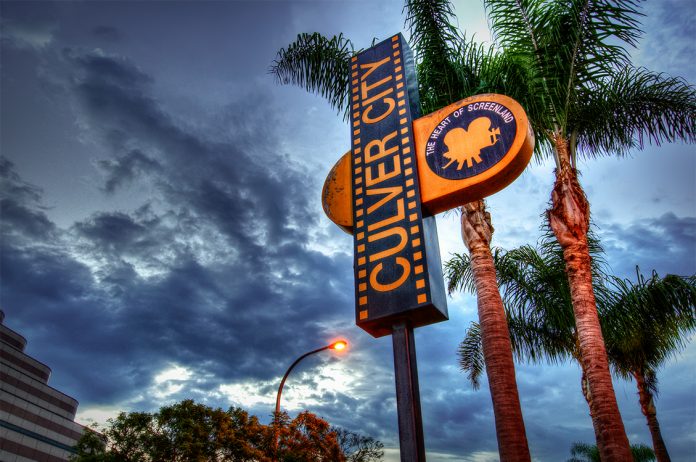For years, local politicians have denied writing off their constituents in Fox Hills, citing the neighborhood’s high number of townhomes and condominium complexes that made it difficult for candidates and officeholders to enter and court potential voters.
In the ultimate Catch 22, Fox Hills residents have largely felt shut out of the electoral process and hence do not tend to vote in high numbers. But their lack of participation in civic matters might soon end if recent events are any indication.
Last month, the residents on the hill joined other opponents of erecting billboards in Fox Hills to lobby the City Council against a proposal by Carlyle Realty Properties IV and community planning and design firm Placeworks for a hospitality and entertainment district in south Culver City that would have included outdoor signage near the 405 Freeway.
Using grassroots activism – including a signature gathering campaign as well as social media – the association and their allies claimed victory when the council voted on May 11 to move ahead with the district, but without the billboards.
“[The Fox Hills Neighborhood Assn.] has always agreed not to take a side when it comes to issues or politics. But this issue was different as it could directly impact Fox Hills quality of life,” explained Fox Hills Neighborhood Assn. President Paula Keating.
In the “proposed vision,” the Carlyle Group cited the potential for more revenue for the city if billboards were part of the hospitality district – always an attractive offer to lawmakers during budget time.
“Revenue generated from these signs provides a source of funding for streetscape improvements, development of public plazas and open spaces, and bicycle share programs,” the statement reads. Councilwoman Meghan Sahli- Wells, then the mayor, was not swayed by Carlyle representatives’ claims that outdoor signage was not a critical component of the entertainment district. “I think the ‘visioning process’ was a Trojan horse for billboards,” she said.
Keating said it wasn’t until her association began disseminating what the outdoor signs would mean to the city and the neighborhood that people in Fox Hills took notice.
“The majority of residents we spoke with were not aware of the potential changes the billboards might bring and we thought it was important to get the word out. We felt a more community based model of raising money for our city was preferable to the proposed plan,” she said. “We hope to see a ‘visioning’ process with many more resident’s input, more critical and creative thinking and in-depth research before changes occur.”
Keating hopes that the billboard victory will spur more of her neighbors to get involved in local matters, including municipal elections. “Our wish is that many more Fox Hills residents become interested and involved in their community politically or in other ways. We have a diverse group of people in this area with many talents and expertise with no end to the ways they could help determine Fox Hill’s future,” the association president said.
Sahli- Wells, who was a community activist prior to being elected to the council, says community opposition- especially from Fox Hills- forced the council’s hand in taking billboards out of the equation.
“I don’t think that we would have had the same outcome without them,” she said. Gary Walker contributed to this story.

